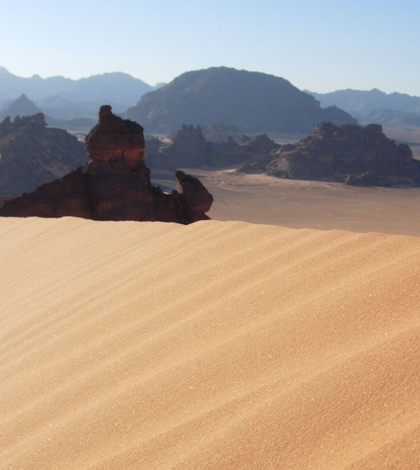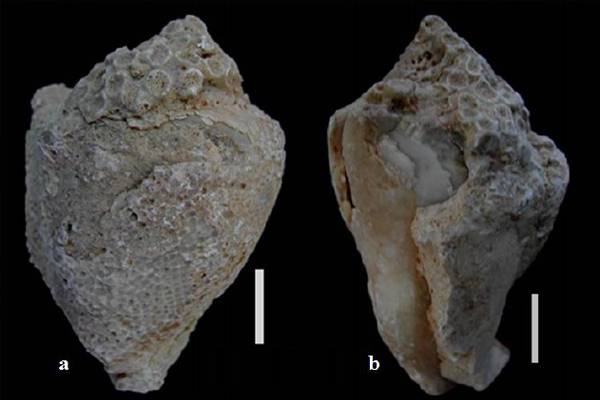First Assessment Of Libyan Corals Completed

Libyan desert. (Credit: Roberdan via Creative Commons 2.0)
Because of the dominance of the oil industry in Libya, scientific studies have been difficult to complete there. As a result, routine assessments of some of its terrain’s characteristics have been impossible.
This is true for old coral outcrops off the Libyan coast, in North Africa, which didn’t see so much as a general inspection until late in 2015. This first look was pretty simple, in which a team led by researchers from Ball State University set out to identify the coral species present in several regions. Along the way, scientists would make a related though completely unexpected find.
“This is the first study about coral reefs in Libya,” said Belkasim Khameiss, doctoral student in the department of environmental sciences at Ball State. “It’s the first of its kind of the corals or to identify the species.”
Oil companies in the country don’t care too much about the corals, Khameiss says. Instead, they’re looking for the oil that can form after the old reefs decay enough over thousands of years to form crude deposits.
So to make up for the missing information, Khameiss traveled to two regions along the Libyan coast with coral outcrops. It’s important to note that neither region is underwater. One is in northern Cyrenaica, in the Al Jabal al Akhdar region. The other outcrop is in the As Sahabi region, in the northeastern corner of Sirt Basin.
At these spots, Khameiss sectioned off several outcrops and then used visual inspection to identify the species present. In all, about 17 different coral species were identified, with many of the coral sections dating to different ancient periods.

Encrusted corals on Persististrombus coronatu (a-b). (Credit: Belkasim Khameiss / Ball State University)
This first step of identifying what coral species are present is important because it establishes a baseline for future study into the coral outcrops, something that Khameiss is hoping to secure funding to advance. In addition, an unexpected discovery during the course of the assessment begs further study in the region as well.
While out inspecting coral, Khameiss found a species of snail never documented in Libya before. Hailing from Southern Europe, the snail is of the Janthina genus and known for its purple color and the way it defends itself from predators by shooting ink.
“It’s found in Italy and Spain, but this is the first time in Libya,” said Khameiss. “I’m the first guy to see them and I was scared when I saw them.” He notes that the shelled creatures probably have made it to Libya by swimming or by attaching themselves to boats.
But the implications of that invasive species find are not yet clear, and Khameiss is hoping to secure some grants to study it further. Additional work on the coral species is needed too, he says, to give insights to how they’re changing with changes in climate that are linked to bleaching events in the Red Sea and elsewhere.
Top image: Libyan desert. (Credit: Roberdan via Creative Commons 2.0)





0 comments